Mastering Pelau with Authentic Grenadian Methods
12 min read Discover authentic techniques to master Pelau, a beloved Grenadian rice dish, blending culture, flavors, and history in every bite. July 26, 2025 00:05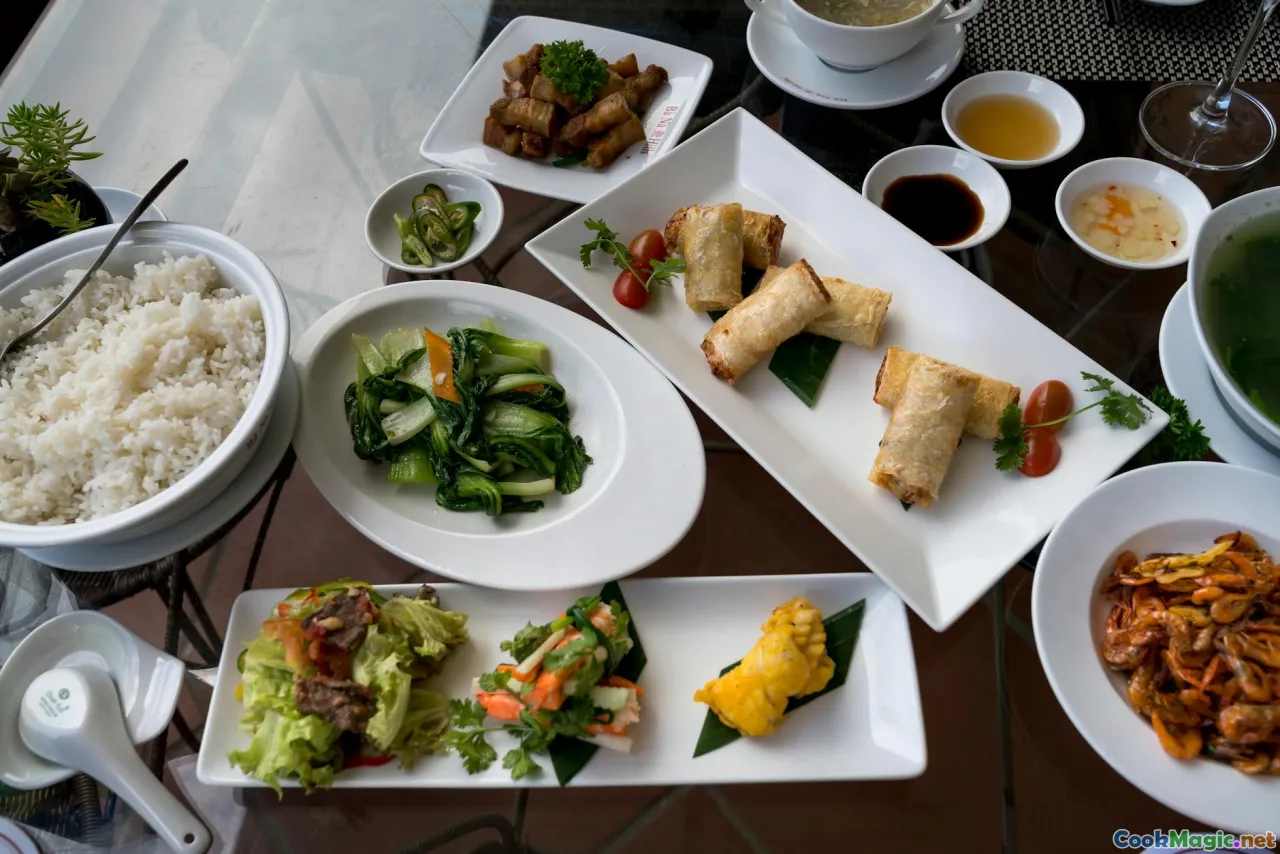
Mastering Pelau with Authentic Grenadian Methods
Few dishes evoke the warmth, history, and vibrant soul of Grenada quite like pelau. This beloved one-pot rice dish is more than just comfort food; it's a tapestry woven from centuries of West Indian traditions, Caribbean spices, and personal family stories passed down through generations. As an aspiring culinary explorer eager to dive into authentic Grenadian cuisine, mastering pelau offers you an immersive culinary experience that connects you to Grenada’s heart and soul.
Let's embark on a flavorful journey—from sourcing authentic ingredients to perfecting the cooking technique—to truly master the art of Pelau, the Grenadian way.
The Cultural Significance of Pelau in Grenada
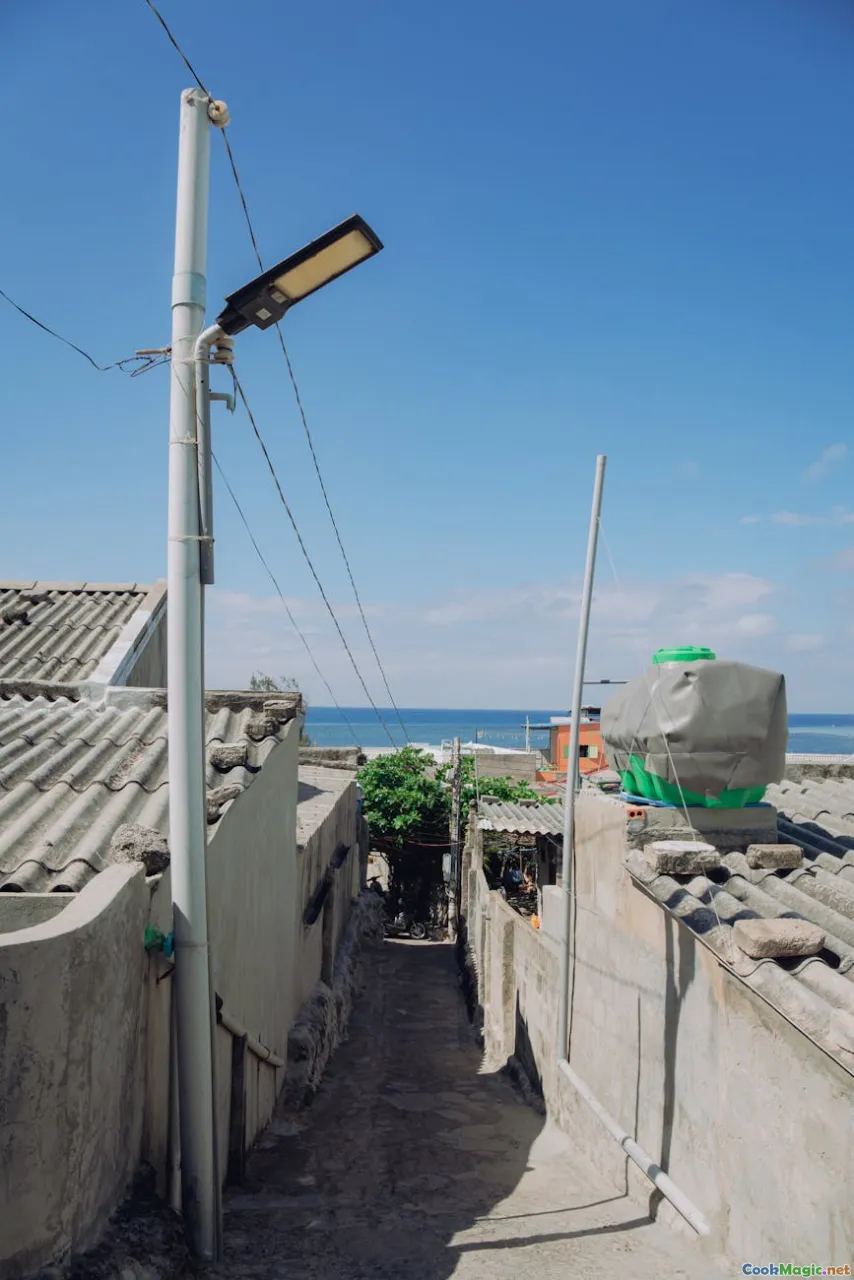
Pelau is more than a dish; it’s a communal celebration woven into Grenadian life. Traditionally served during family gatherings, festivals, or Sunday dinners, pelau symbolizes unity and the island’s rich history of resilience and resourcefulness. Its roots trace back to African, European, and Indigenous influences, a testament to Grenada’s diverse heritage.
In the bustling streets of St. George’s or the rural villages of the interior, the aroma of pelau simmering on a wood fire signals more than sustenance—it signals conviviality, shared stories, and ancestral homage. When homemade, the dish embodies a deep familial bond, often prepared with recipes guarded closely within families, handed down with reverence.
Sourcing Authentic Ingredients: The Foundation of Flavor
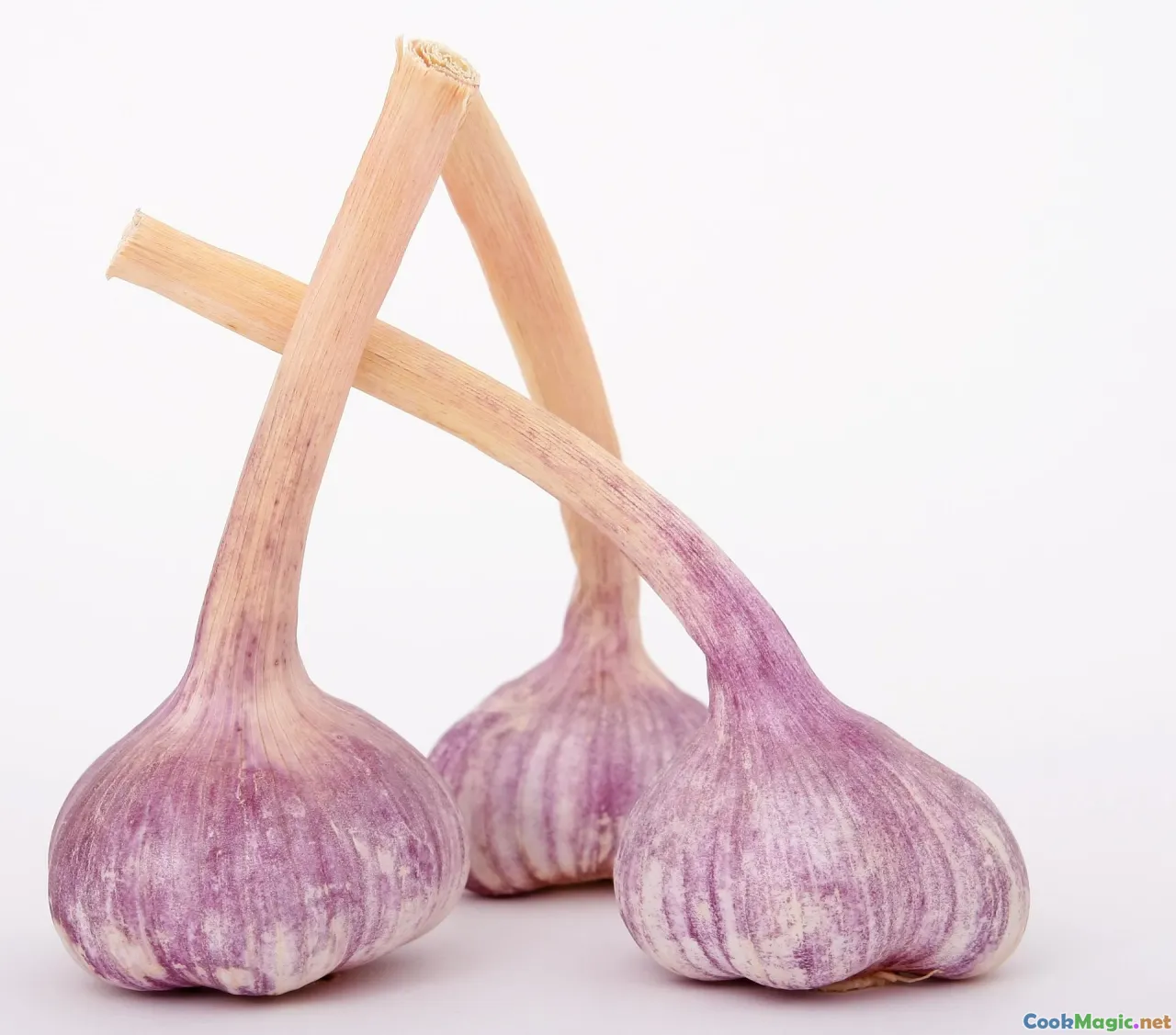
Authentic Grenadian pelau begins with authentic ingredients. The key components include coconut milk, fresh herbs, local meats or seafood, and the signature seasoning blend.
Essential Ingredients:
- Meat or Seafood: Traditionally, pelau features chicken, beef, salted pork, or a combination. Freshly slaughtered poultry from local markets infuses the dish with a depth of flavor. For seafood lovers, shrimp or fish is a delightful variation.
- Long-Grain Parboiled Rice: This type of rice absorbs flavors well and remains fluffy yet retains a satisfying bite.
- Coconut Milk: Unsweetened creamy coconut milk forms the rich, velvety base. Opt for fresh or high-quality canned coconut milk that contains minimal additives.
- Grenadian Spices and Seasonings: A blend of garlic, ginger, thyme, scallions, and Scotch bonnet peppers creates the aromatic backbone. Scotch bonnet peppers add a characteristic heat that elevates the dish.
- Vegetables: Think of sweet peppers, carrots, and peas for color and sweetness.
- Roots and Vegetables for Color: A tablespoon of red or brown sugar and a splash of dark rum (optional but traditional) add depth and caramelization.
Local Markets – Your Treasure Trove
Visit Grenadian markets like the Grand Anse Market or St. George’s Market, teeming with fresh produce, aromatic herbs, and local marinades. Here, you’ll find freshly slaughtered meats, fragrant pimento peppers, and imbibe in the lively, friendly atmosphere—an essential part of sourcing ingredients authentically.
The Classic Grenadian Pelau Technique

Mastering pelau is about understanding its cooking choreography. Here’s a step-by-step guide to elevate your dish to authentic Grenadian standards:
Step 1: Prepare the Meat
Begin by seasoning your chosen meat with garlic, thyme, scallions, salt, and pepper. In traditional method, the meat is often browned in a heavy-bottomed pot to develop a deep, roasted flavor, creating a caramelized crust.
Step 2: Caramelize Sugar and Aromatics
Add a tablespoon of brown sugar to the pot with the browned meat. Allow it to melt, creating a rich caramel base. Then, toss in minced garlic, chopped ginger, and diced onions, sautéing until fragrant.
Step 3: Incorporate Vegetables and Spices
Add chopped carrots, peppers, and a few sprigs of fresh thyme. Stir vigorously, allowing the vegetables to absorb the aromatic oils. For an extra burst of flavor, include pimento berries (Allspice) or a dash of Grenadian。另外的 filesystem: şəöp=Pixnote
Step 4: Pour in Coconut Milk and Add Rice
Once the ingredients are well coated and fragrant, pour in coconut milk and a splash of water. Taste for seasoning—adjust with salt, pepper, and Scotch bonnet for heat. Add the rice, stirring to combine everything evenly.
Step 5: Simmer with a Locket Cover
Reduce the heat to low, cover tightly, and let it simmer gently until the rice is tender and all liquids are absorbed—usually about 30 to 40 minutes. Resist the urge to lift the lid too often; the secret to good pelau is in that slow, steady simmer.
Step 6: Fluff and Rest
Once cooked, let the pelau rest covered for five minutes. Fluff with a fork, incorporating any caramelized bits at the bottom. Serve hot, garnished with additional herbs or a squeeze of lime.
Tips for Achieving the Perfect Pelau
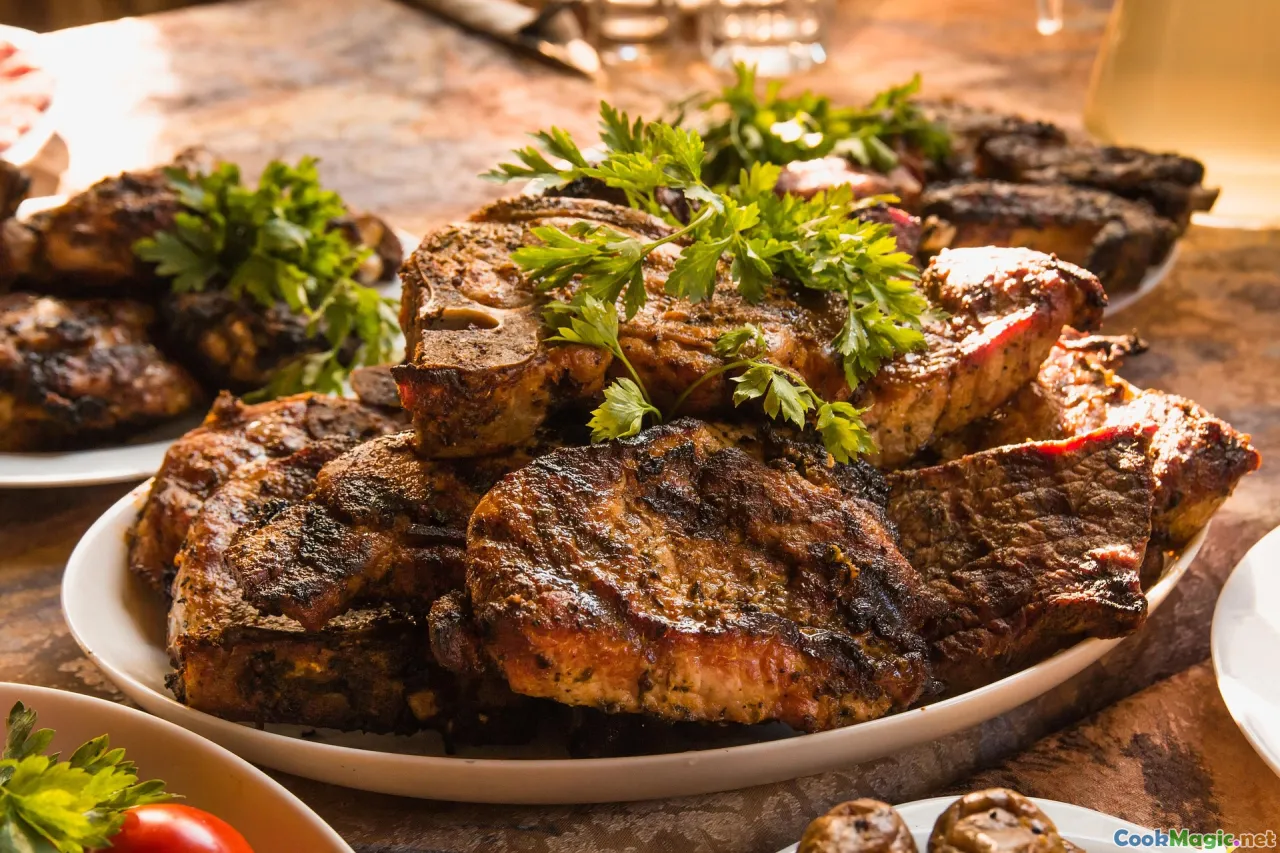
- Use a Heavy-Bottomed Pot: To prevent burning and ensure even heat distribution.
- Brown Your Meat Thoroughly: This caramelization is crucial for flavor depth.
- Don't Rush the Caramelization: It enriches the dish, so patience is key.
- Utilize Fresh Herbs: They deliver superior fragrance and brightness.
- Taste as You Cook: Adjust seasoning along the way—lots of Caribbean dishes are built on balance.
- Add Heat with Scotch Bonnet Carefully: Chop finely to spread heat evenly, respecting individual spice tolerance.
Variations and Regional Twists
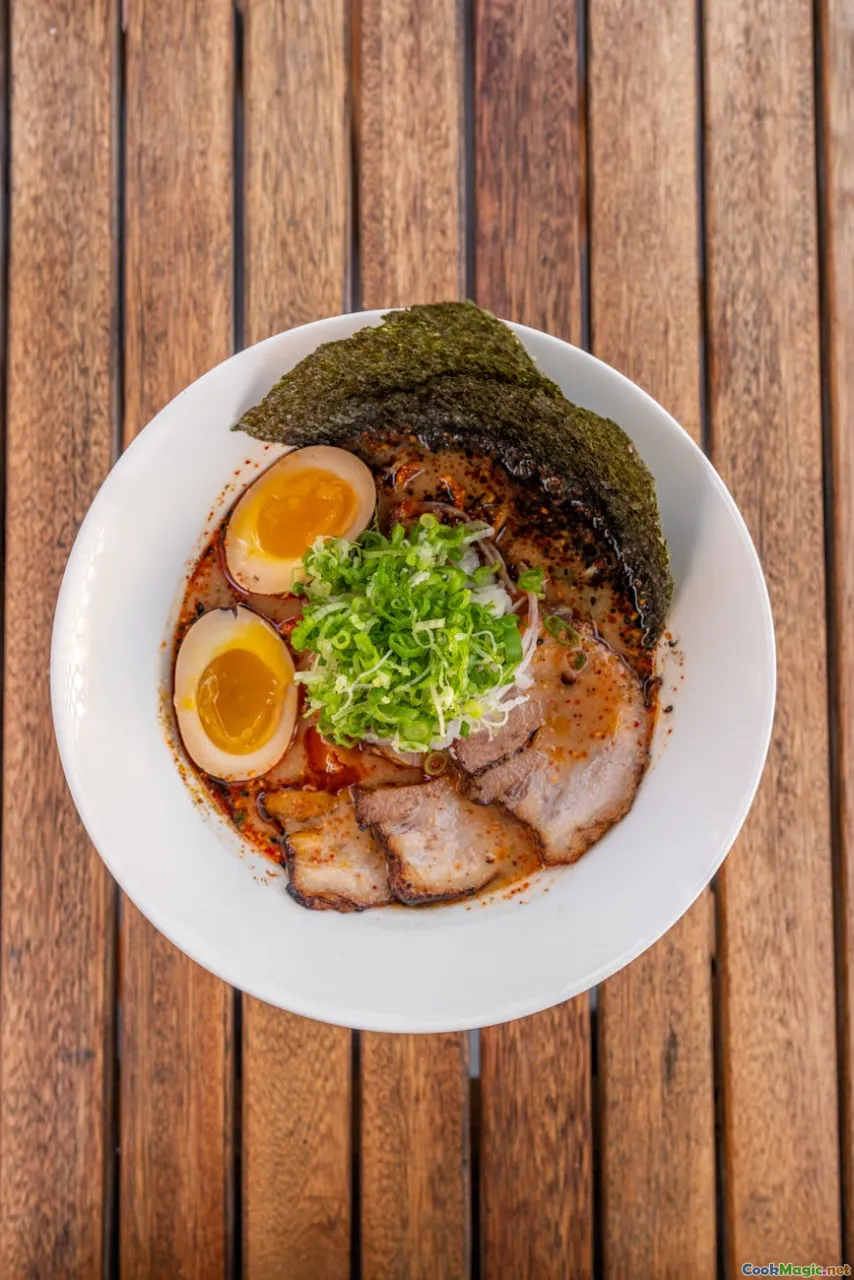
While the classic recipe holds firm, Grenadian home cooks and chefs have their own twists:
- Seafood Pelau: Incorporate shrimp or firm fish for a coastal touch.
- Vegetarian Pelau: Substitute with seasoned tofu or hearty vegetables like eggplant and mushrooms, maintaining the flavor profile with herbal seasoning.
- Spice Infusions: Add Grenadian curry powder or cumin for a different aromatic layer.
- Animate with Plantains or Dumplings: Additional carbs like fried plantain or dumplings transform pelau into a hearty, complete meal.
The Joy of Serving Pelau

Traditionally served with a side of locally loved condiments: a crisp green salad, pickled vegetables, or a splash of lime. You can also elevate your presentation with a sprinkle of freshly chopped herbs and colorful peppers.
Picture a bustling Caribbean dinner table—friends and family gathering around as the fragrant aroma wafts through the air, eyes lighting up at the sight of steaming pelau served over a chunk of crusty bread or alongside spicy grilled plantains. Sharing pelau isn’t just about the meal; it’s about community, stories, and generations of culinary heritage wrapped into every bite.
Personal Insights from Grenadian Kitchens
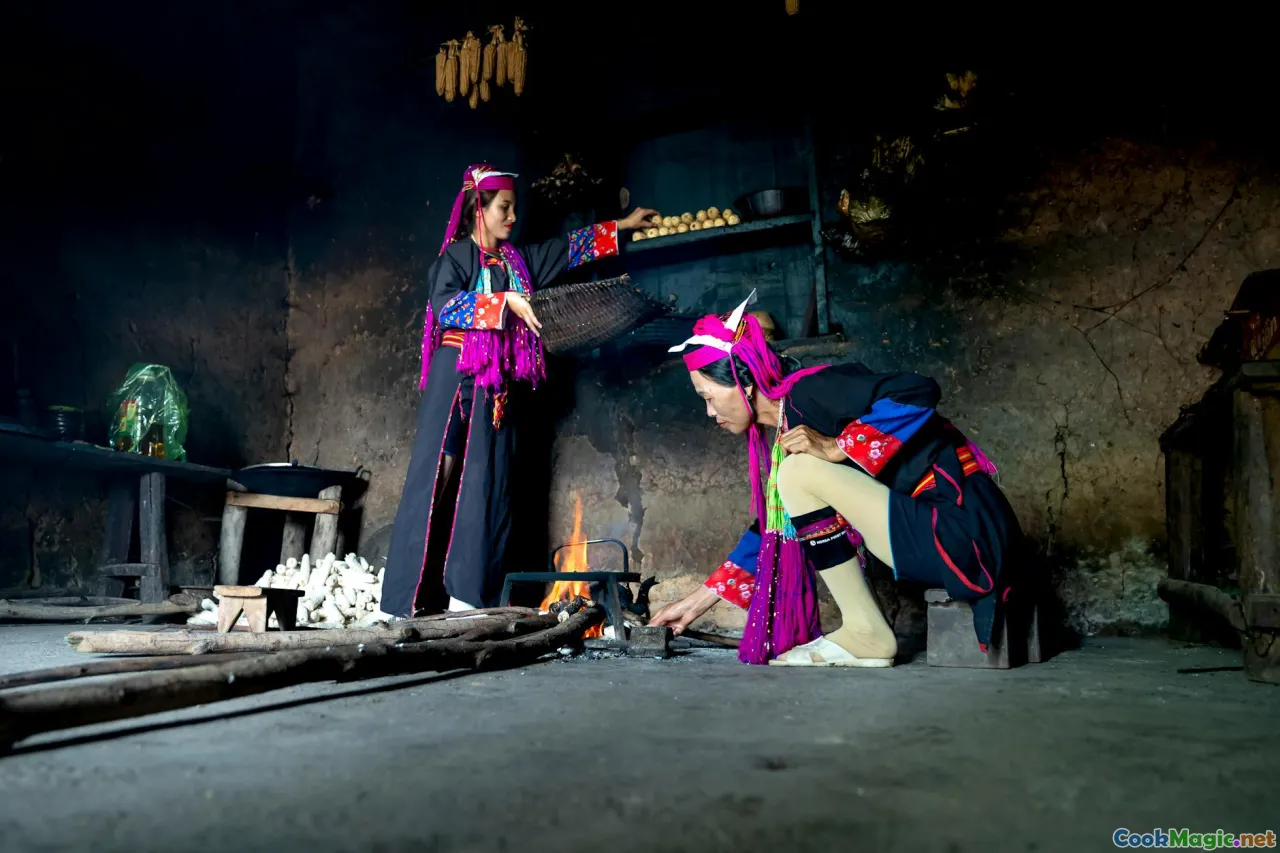
Having traveled to Grenada multiple times, I’ve observed how pelau adapts from family to family. Some insist on adding a splash of dark rum during cooking for that signature depth, while others swear by a secret blend of “seven herbs and spices” known only to their ancestors.
One thing is universal—every cook’s face lights up when talking about their grandmother’s pelau or their Saturday afternoon tradition of gathering around an outdoor fire to cook in an old cast-iron pot—an emblem of Grenada’s resilient spirit.
Embracing Your Personal Pelau Journey
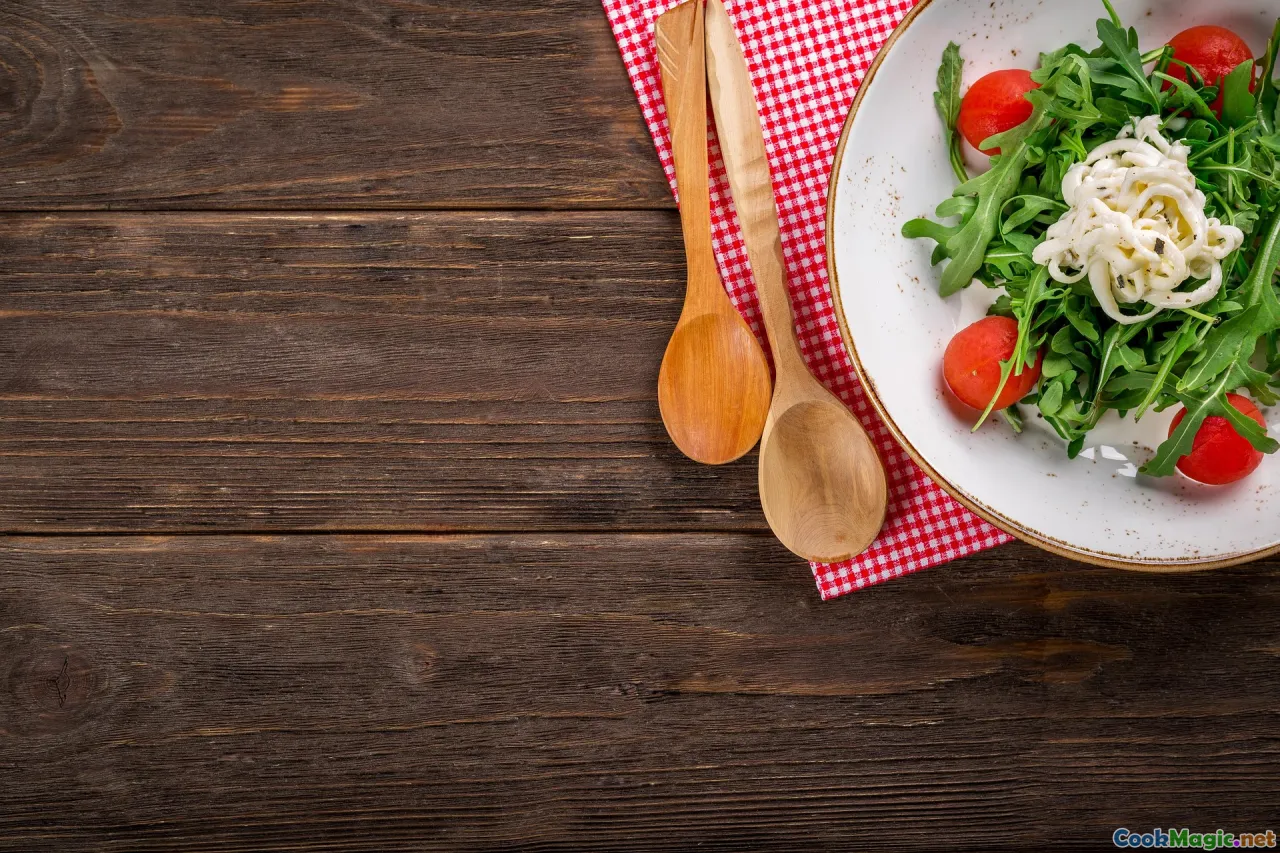
Mastering the authentic Grenadian pelau is an art—one that rewards patience, passion, and a willingness to learn from tradition. As you refine your technique, keep the essence of the dish’s roots alive in your kitchen. It’s more than a recipe; it’s a gateway into Grenada’s soul.
So, gather your ingredients, light your stove or fire, and keep stirring. With each batch, you’re not just making food—you’re crafting a piece of Grenadian heritage, inviting others into a shared story of flavor, family, and island pride. Enjoy the journey, and let your pelau be a celebration of the vibrant Caribbean spirit.
Bay la mort, and may every spoonful bring you closer to Grenada.









